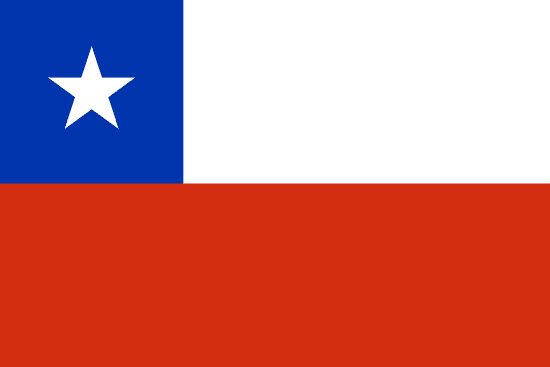"Rancagua, ciudad de los héroes | Rancagua, city of heroes"
About:
Rancagua, Chile, founded in 1743, has a rich history marked by significant events like the Battle of Rancagua in 1814 during Chile's fight for independence. The city, located in the central part of the country, has grown into a key industrial and agricultural hub, known for copper mining and fruit production. Rancagua has also made strides in urban development, with modern infrastructure and public transport systems. Despite challenges such as earthquakes, it remains a vibrant, resilient city today.
When to visit:
Rancagua, located in central Chile, experiences a Mediterranean climate with hot, dry summers and mild, wet winters. The best time to visit Rancagua for a holiday is during the spring and summer months from September to March when the weather is warm and sunny, making it ideal for outdoor activities and sightseeing. The city also hosts its annual Fiesta de la Independencia in late September, featuring traditional Chilean music, dance, and food, providing a vibrant cultural experience for visitors. However, it is important to note that Rancagua can get crowded during peak tourist seasons, so planning ahead and booking accommodations in advance is recommended.
When to avoid:
Rancagua, a city located in central Chile, experiences its peak tourist season during the summer months of December through February. However, the worst time to travel to Rancagua on a holiday would be during the winter months of June through August. This is because winter in Rancagua brings cold temperatures and frequent rainfall, which can dampen outdoor activities and sightseeing opportunities. Additionally, many attractions and outdoor venues may have limited operating hours or be closed during the winter season.
Winter (June–August)
Rancagua, Chile experiences its coldest, wettest season from May to August, with July being the peak. Average temperatures range from 3-14°C, often accompanied by chilly winds. Rainfall averages around 80mm in the wettest month, July. Sunlight is limited with days ranging from 9-11 hours of daylight and a high cloud cover, making the skies often overcast. For a visitor, an average day might involve mild daytime temperatures and cooler evenings, likely requiring warm clothing. Rainy days are common, so waterproof attire and indoor activities are recommended.
"Summer (December–February)"
In Rancagua, Chile, the warmest part of the year is typically from December to March, during the Southern Hemisphere's summer. During this period, temperatures usually hover between 20°C (68°F) and 30°C (86°F). Rainfall is minimal, with January being the driest month, so you can expect plenty of sunny days.
Sunlight is abundant, with an average of 8-10 hours of daylight per day. Humidity is generally low, contributing to the comfortable feeling of the warm season. Cloudiness is also minimal, with clear or partly cloudy skies most of the time.
A typical day for a visitor during this time would involve warm, sunny weather with very little chance of rain. The low humidity makes the heat more bearable, and the plentiful sunshine provides ample opportunity for outdoor activities. It's a great time to explore the city's parks, vineyards, and nearby Andes Mountains. However, it's important to wear sunscreen and stay hydrated due to the intense sun.
Language:
In Rancagua, Chile, the most commonly spoken language is Spanish, as it is the official language of the country. Mapudungun, the language of the Mapuche people, is also spoken by a minority of the population. English is taught in schools and is spoken by a portion of the population, particularly among younger generations and business professionals.




